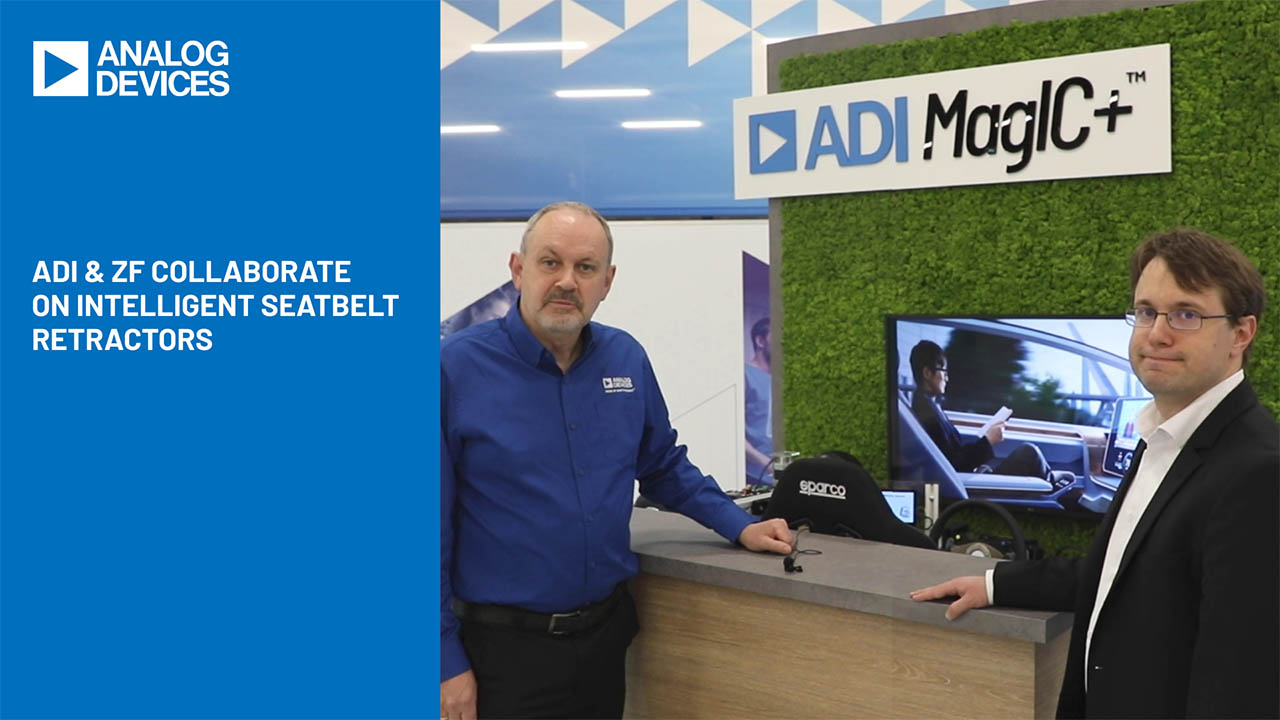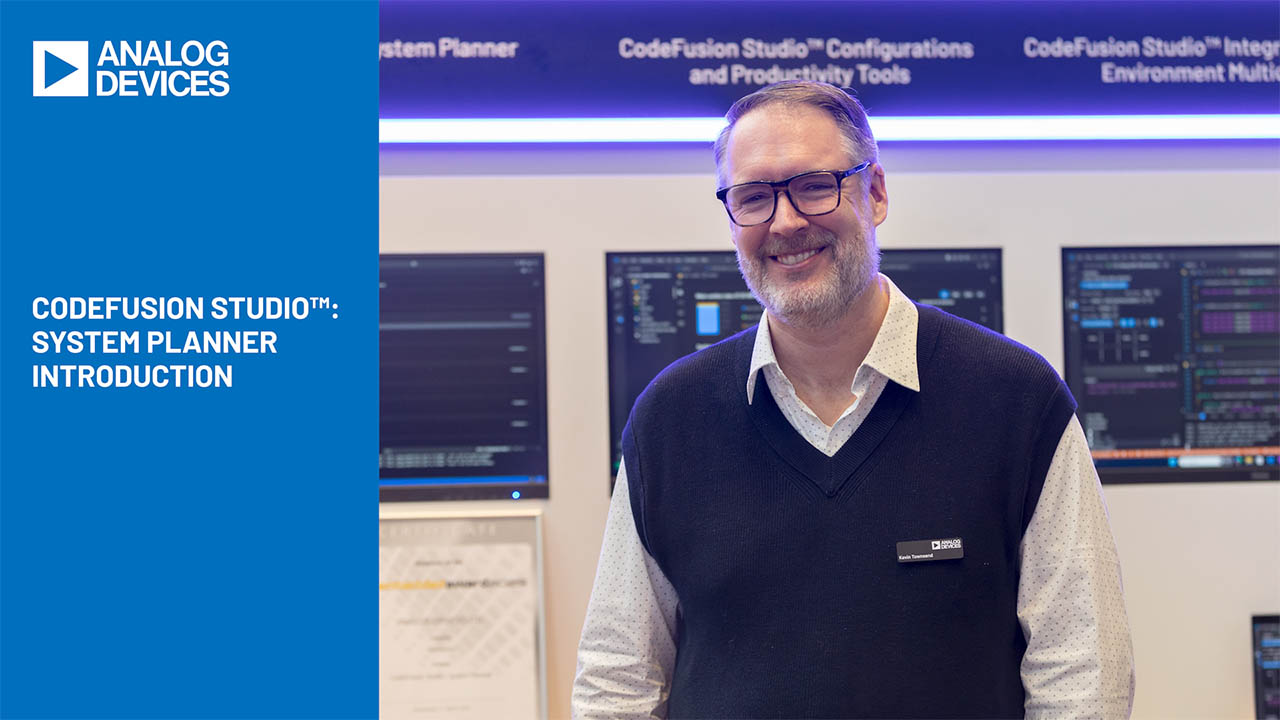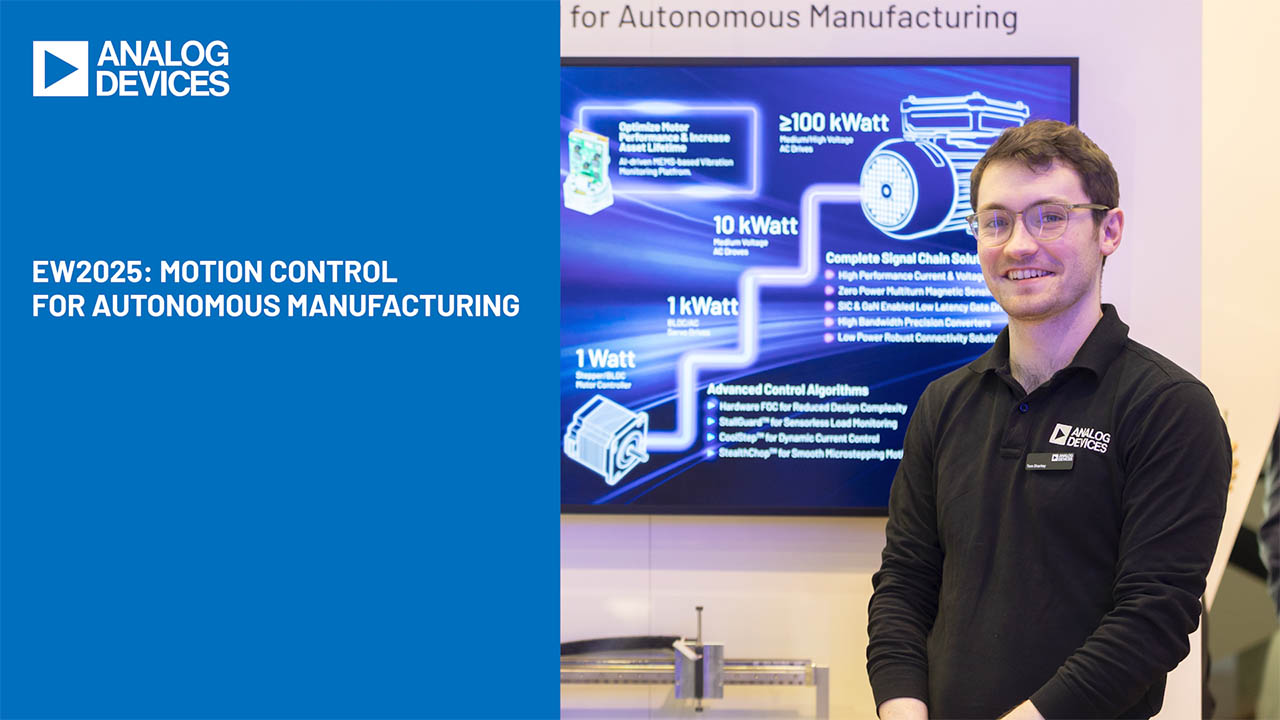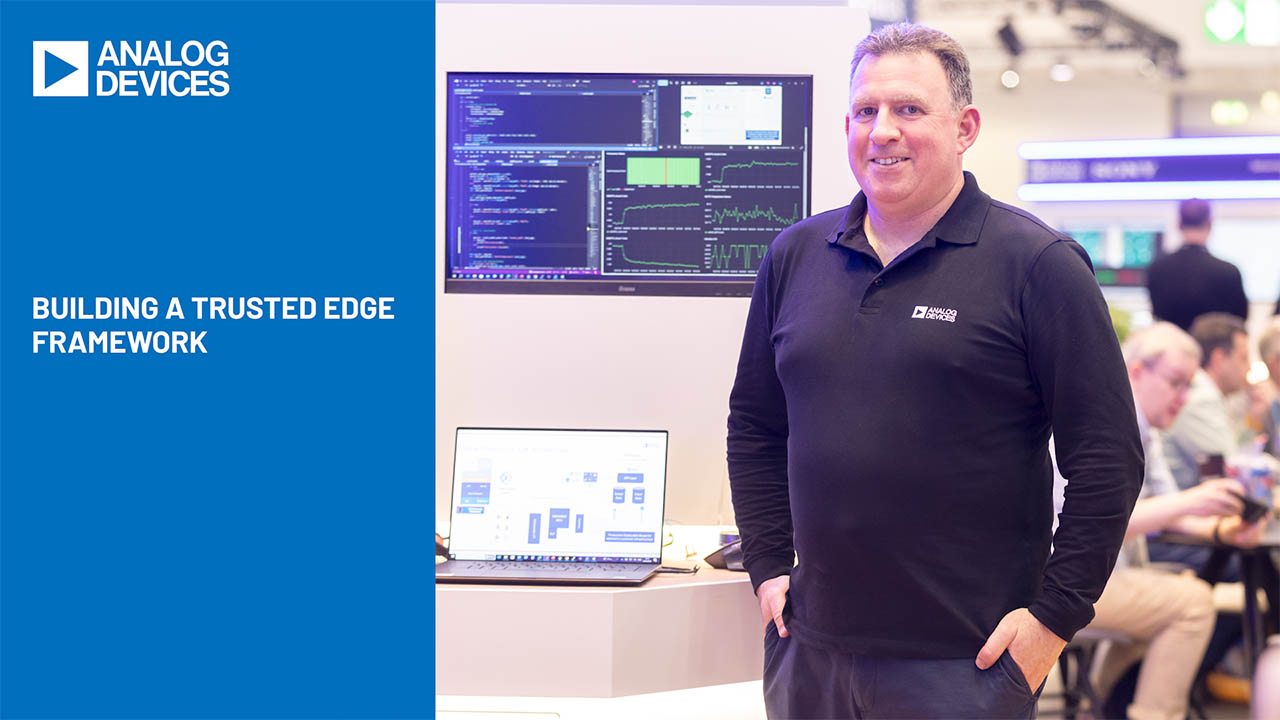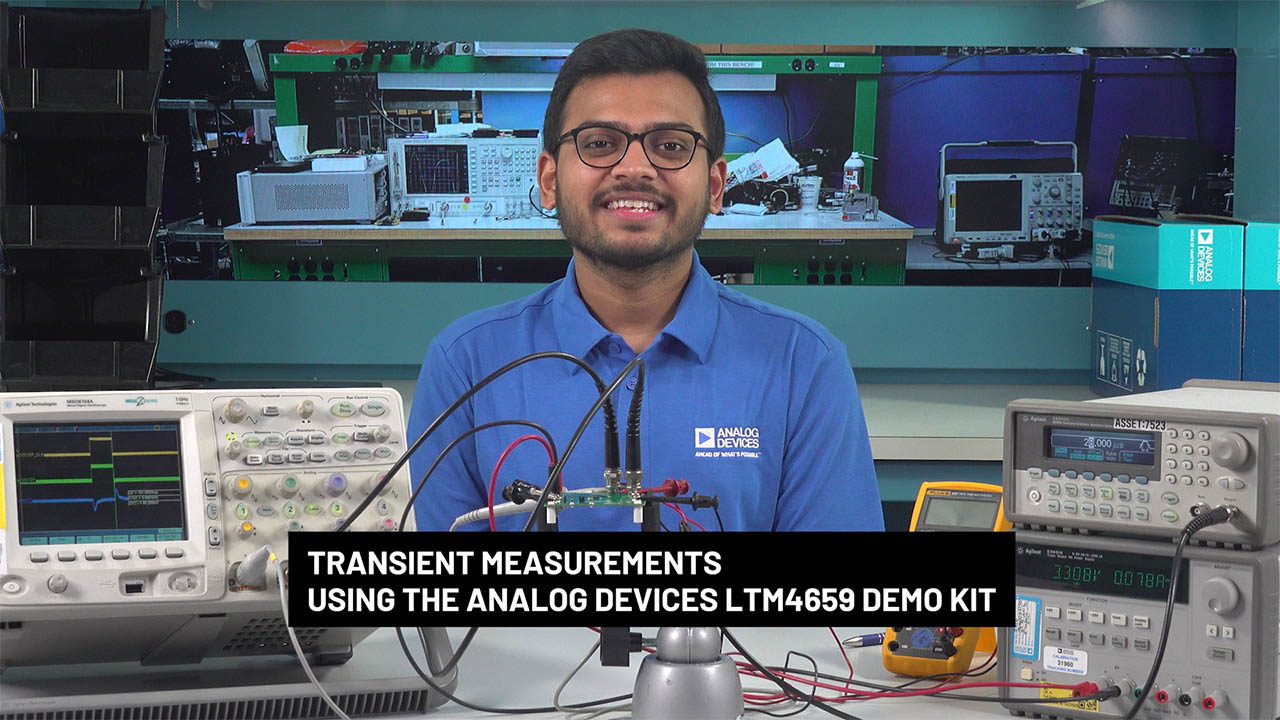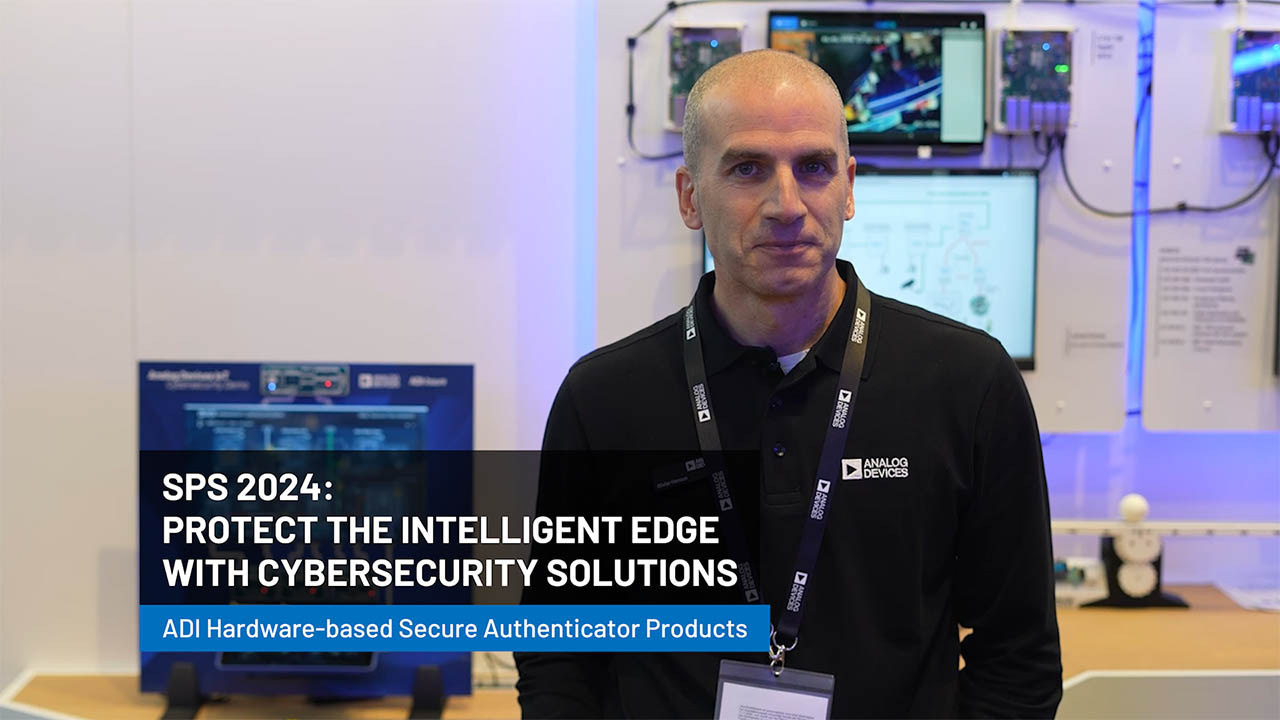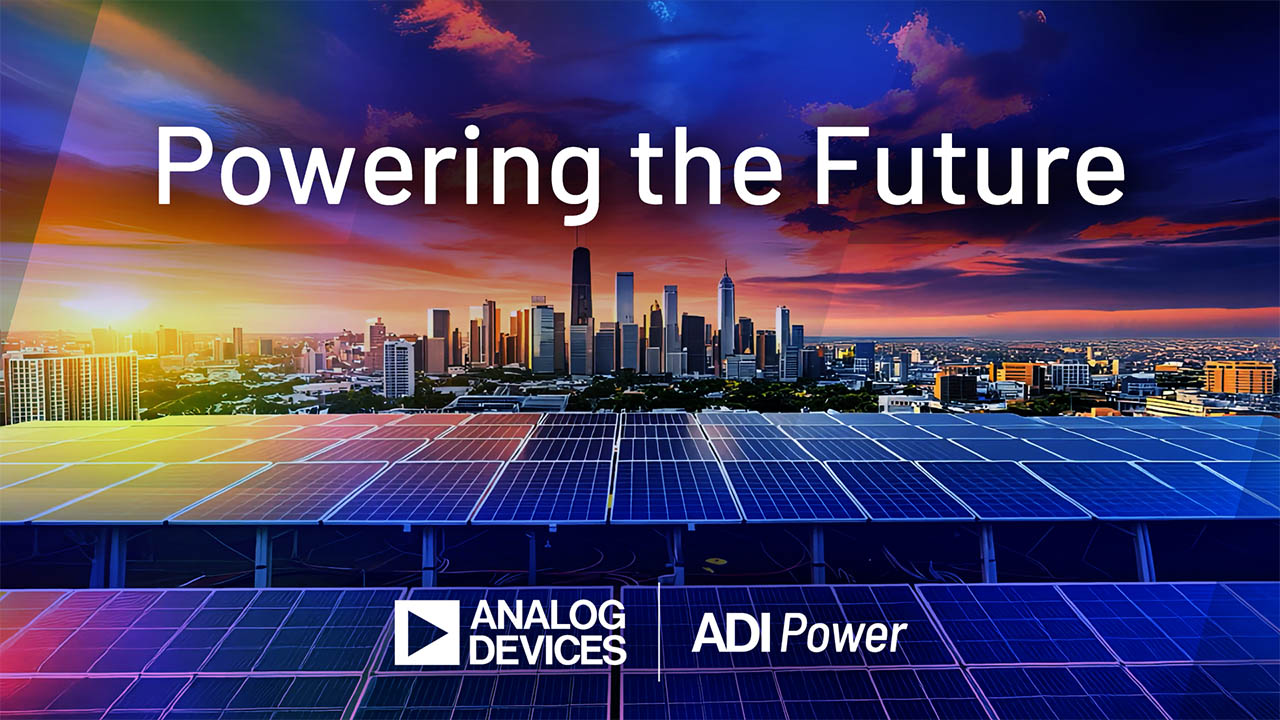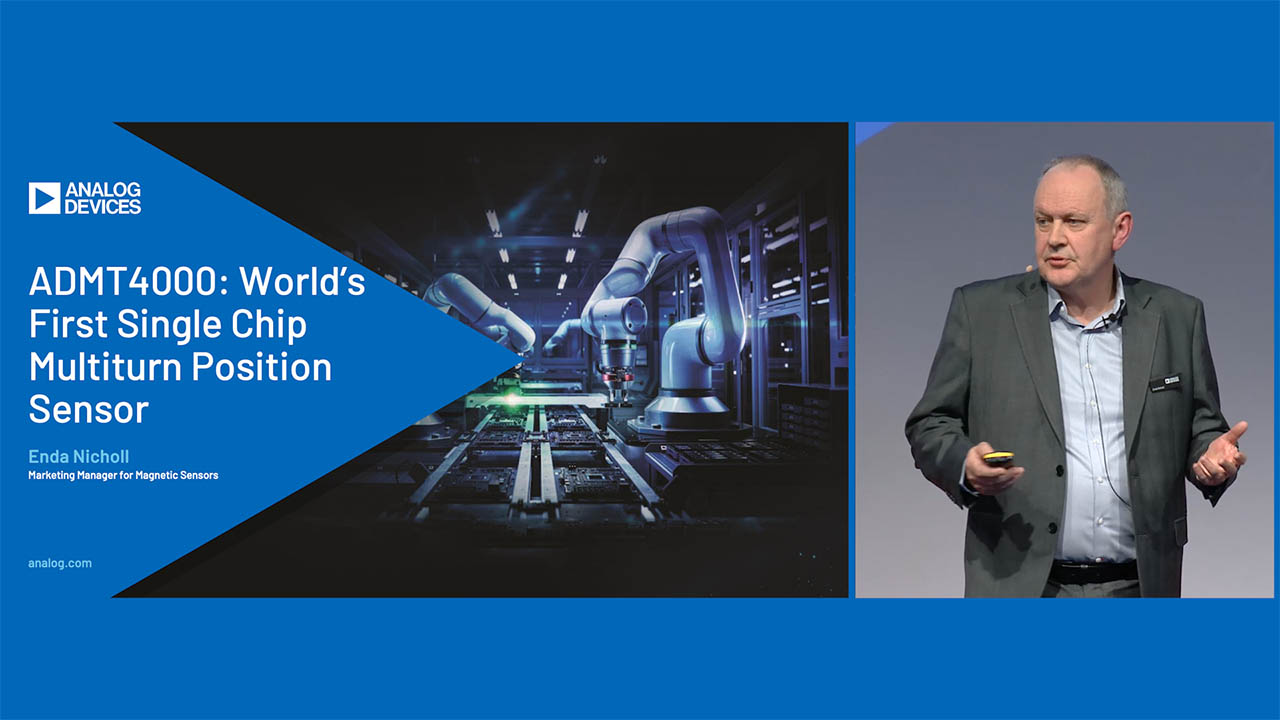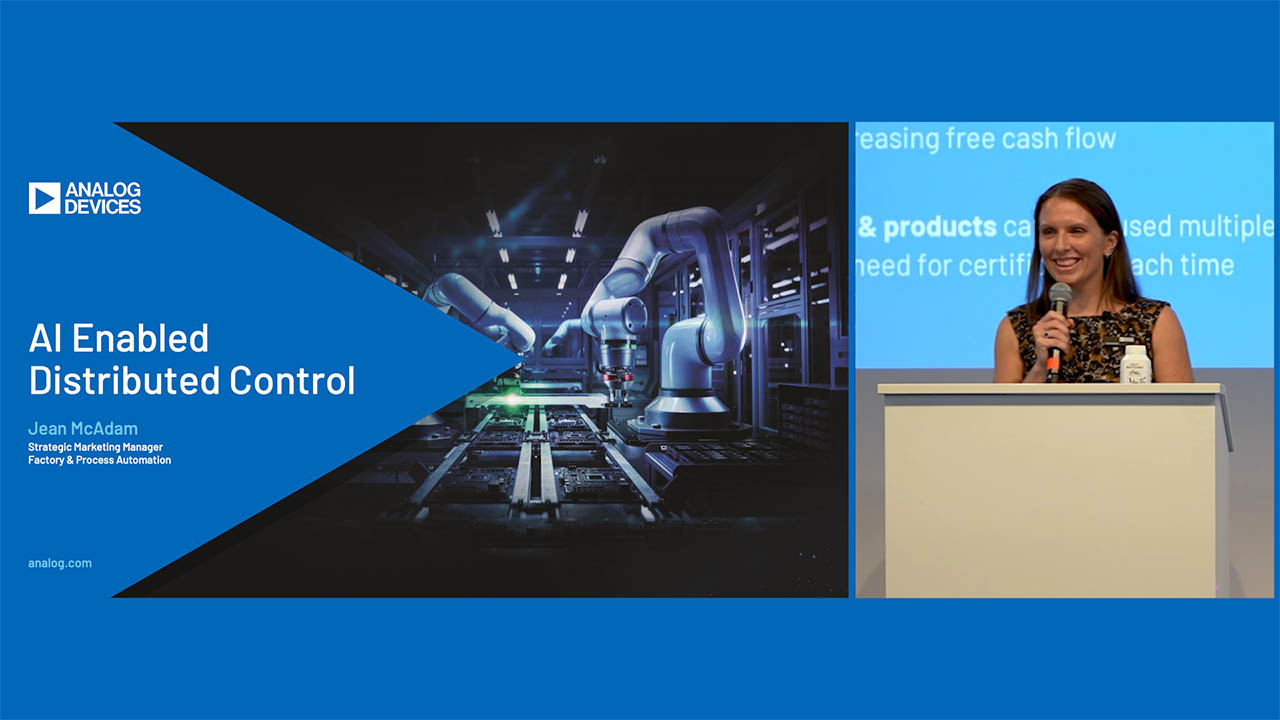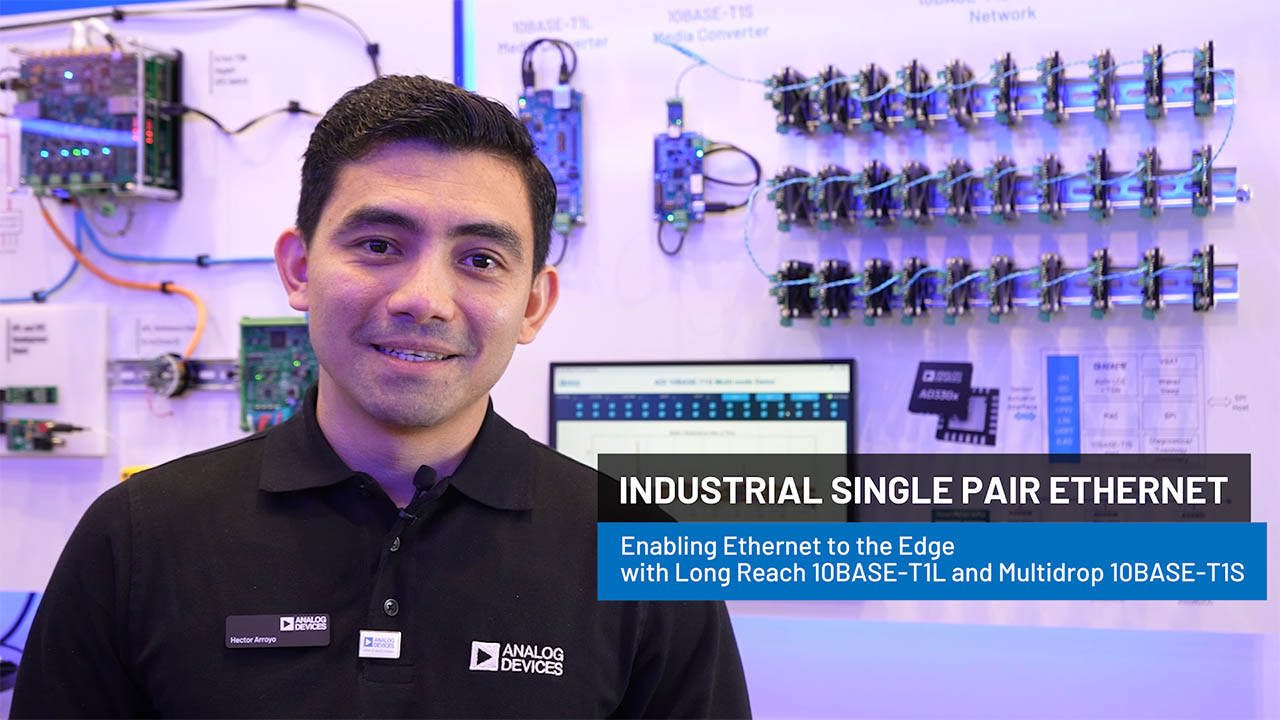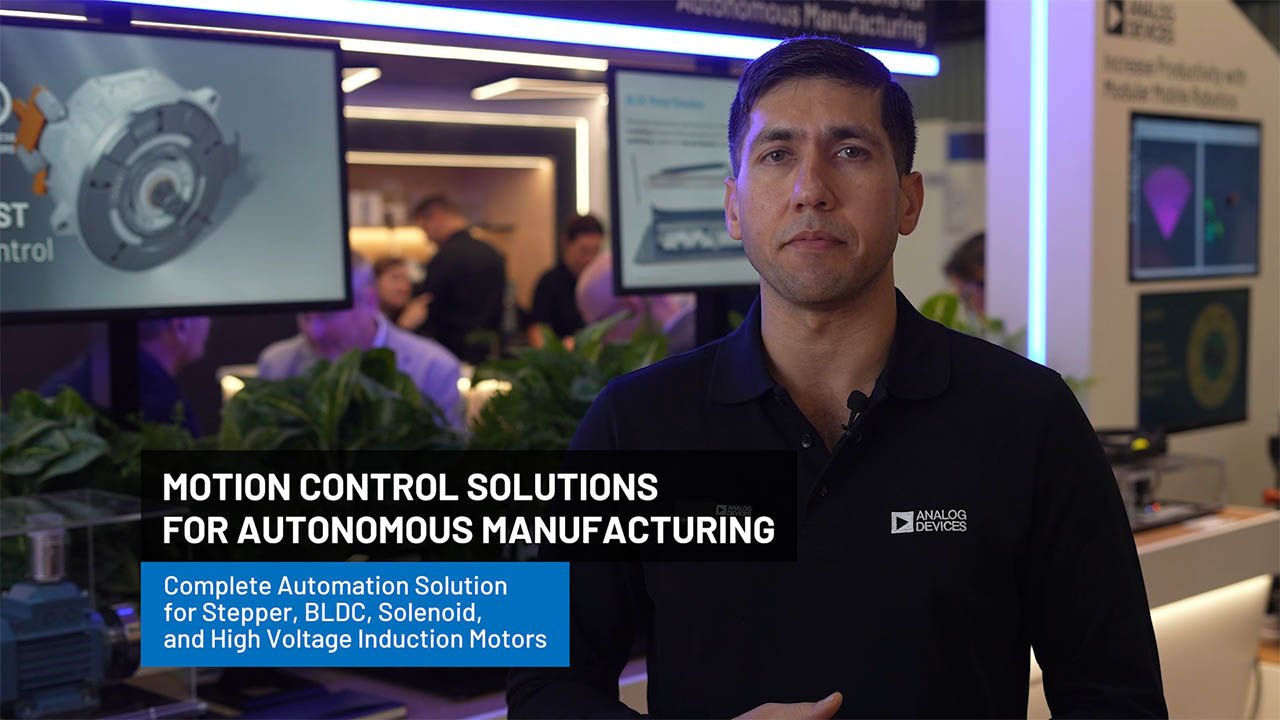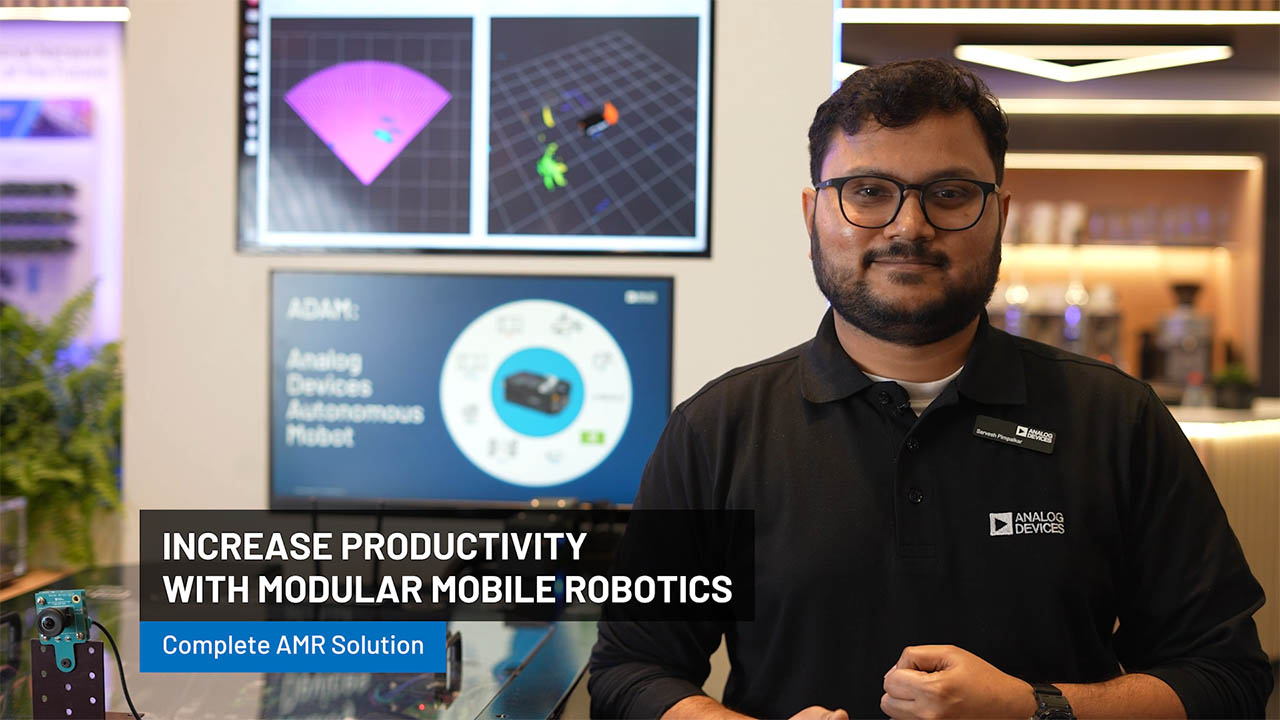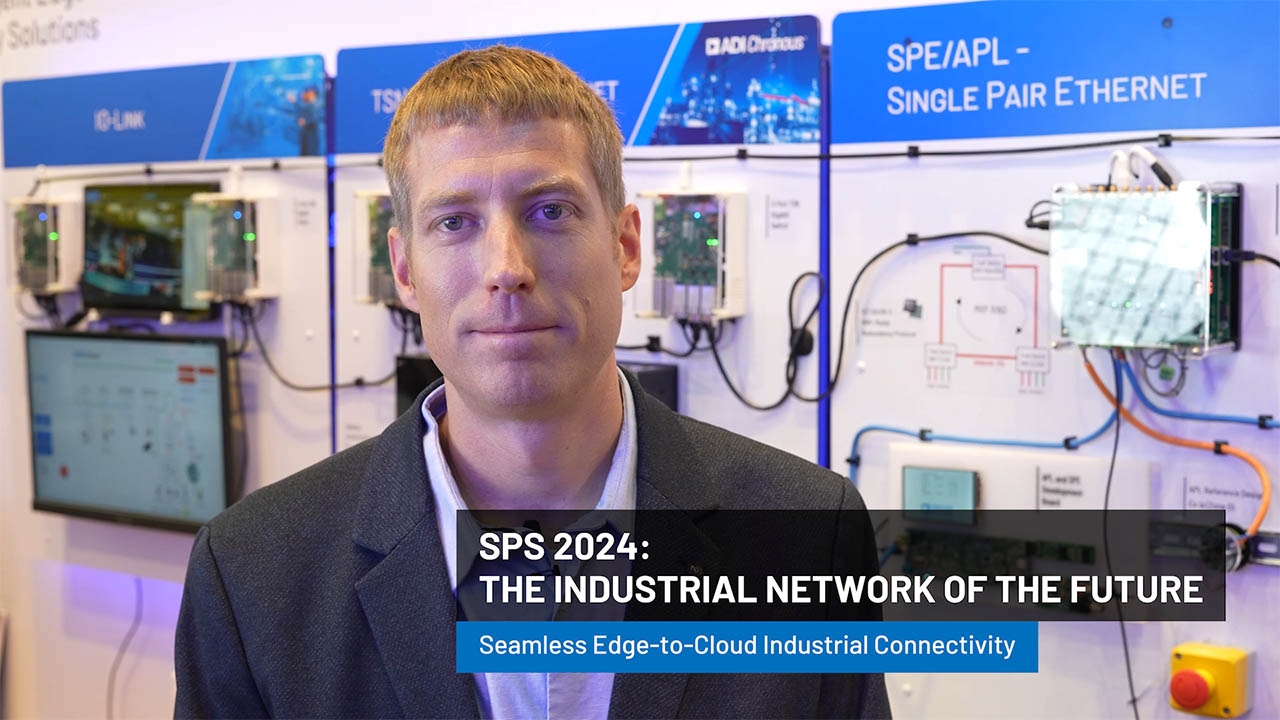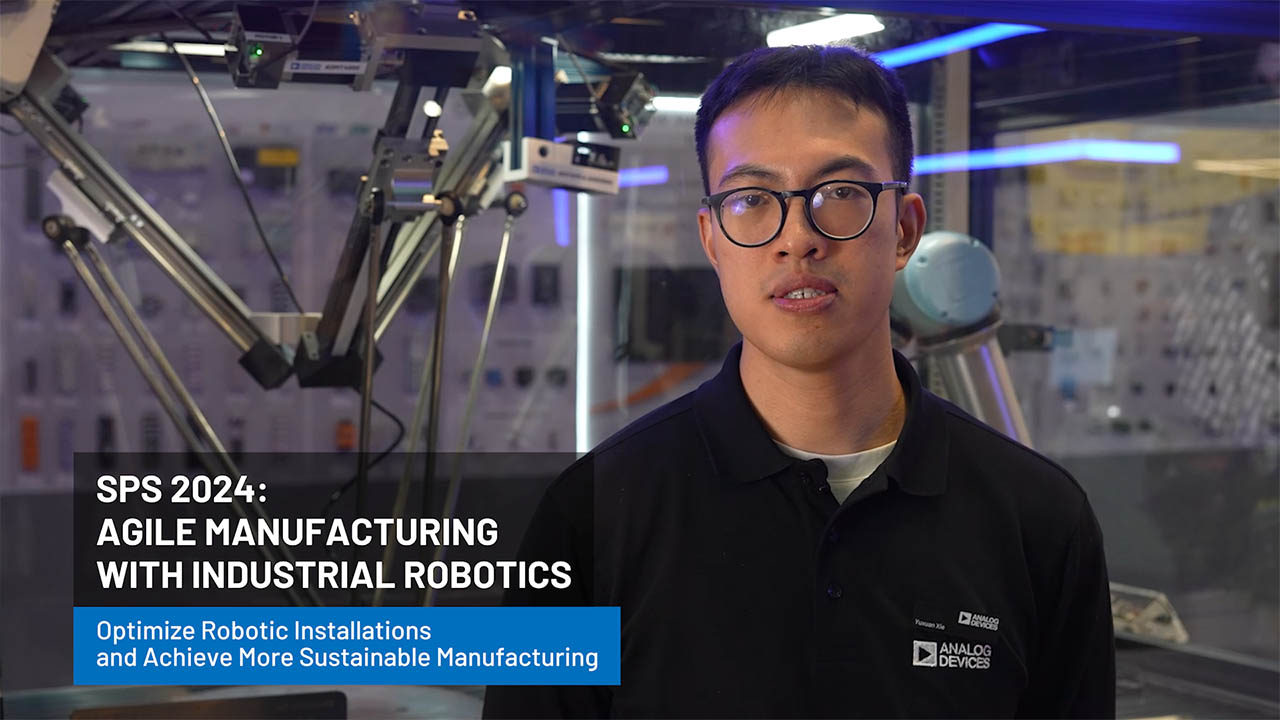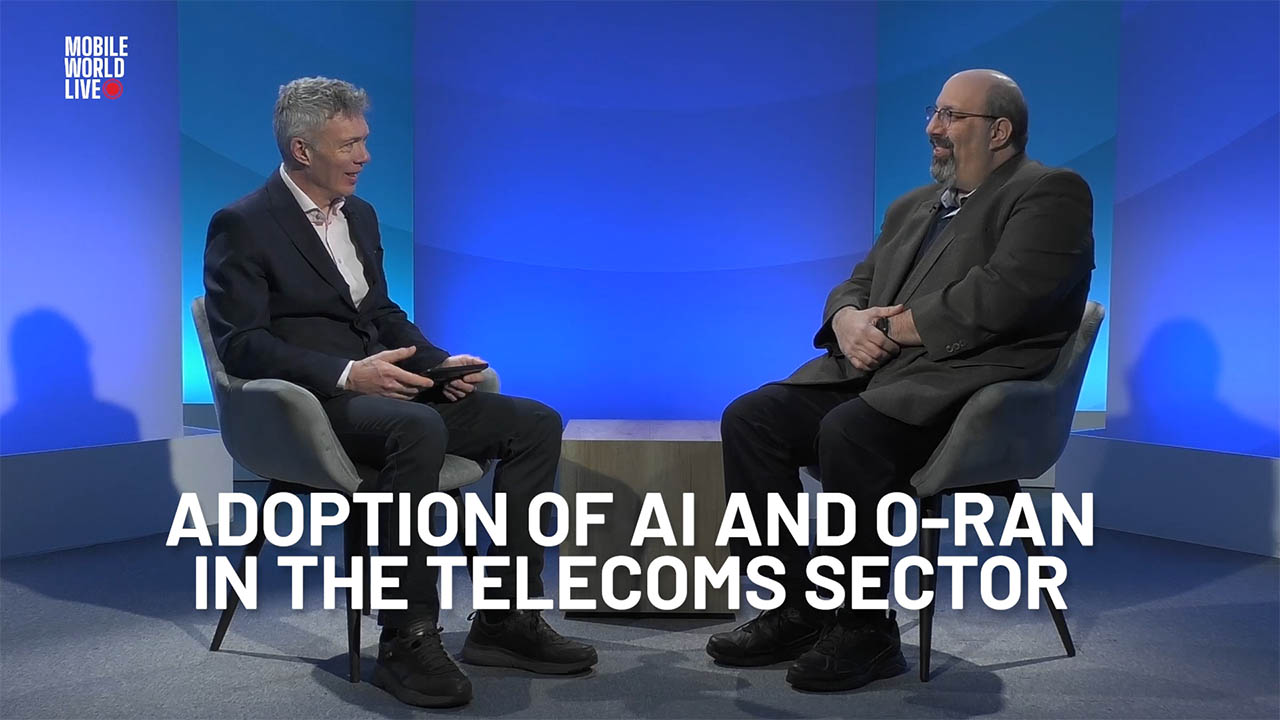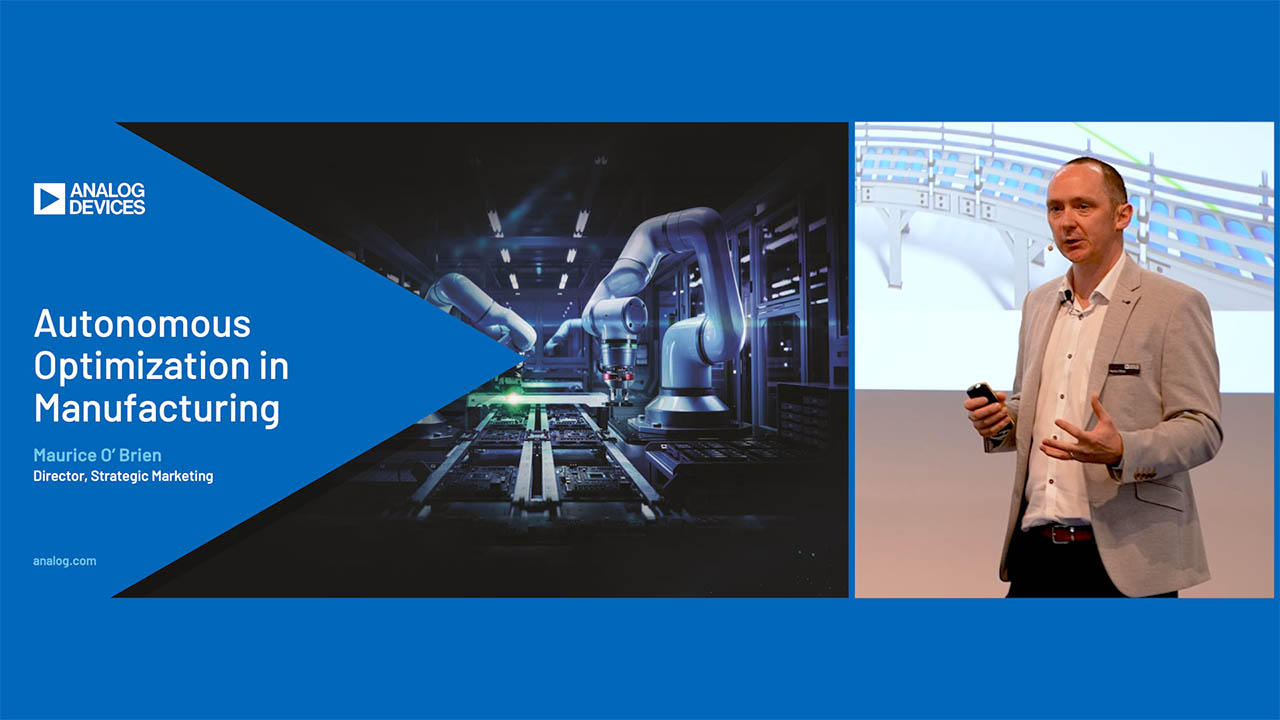Energy Harvester Produces Power from Local Environment, Eliminating Batteries in Wireless Sensors
Energy Harvester Produces Power from Local Environment, Eliminating Batteries in Wireless Sensors
2010-04-01
Advances in low power technology are making it easier to create wireless sensor networks in a wide range of applications, from remote sensing to HVAC monitoring, asset tracking and industrial automation. The problem is that even wireless sensors require batteries that must be regularly replaced—a costly and cumbersome maintenance project. A better wireless power solution would be to harvest ambient mechanical, thermal or electromagnetic energy from the sensor’s local environment.
Typically, harvestable ambient power is on the order of tens of microwatts, so energy harvesting requires careful power management in order to successfully capture microwatts of ambient power and store it in a useable energy reservoir. One common form of ambient energy is mechanical vibration energy, which can be caused by motors running in a factory, airflow across a fan blade or even by a moving vehicle. A piezoelectric transducer can be used to convert these forms of vibration energy into electrical energy, which in turn can be used to power circuitry.

Piezoelectric energy harvesting power supply
To manage the energy harvesting and the energy release to the system, the LTC3588-1 piezoelectric energy harvesting power supply (Figure 1) integrates a low loss internal bridge rectifier with a synchronous step-down DC/DC converter. It uses an efficient energy harvesting algorithm to collect and store energy from high impedance piezoelectric elements, which can have short-circuit currents on the order of tens of microamps.
Energy harvesting systems must often support peak load currents that are much higher than a piezoelectric element can produce, so the LTC3588-1 accumulates energy that can be released to the load in short power bursts. Of course, for continuous operation these power bursts must occur at a low duty cycle, such that the total output energy during the burst does not exceed the average source power integrated over an energy accumulation cycle. A sensor system that makes a measurement at regular intervals, transmits data and powers down in between is a prime candidate for an energy harvesting solution.

Figure 1. Piezoelectric energy harvesting power supply
Key to Harvesting is Low Quiescent Current
The energy harvesting process relies on a low quiescent current energy accumulation phase. The LTC3588-1 enables this through an undervoltage lockout (UVLO) mode with a wide hysteresis window that draws less than a microamp of quiescent current. The UVLO mode allows charge to build up on an input capacitor until an internal buck converter can efficiently transfer a portion of the stored charge to the output.
Figure 2 shows a profile of the quiescent current in UVLO, which is monotonic with VIN so that a current source as low as 700nA could charge the input capacitor to the UVLO rising threshold and result in a regulated output. Once in regulation, the LTC3588-1 enters a sleep state in which both input and output quiescent currents are minimal. For instance, at VIN = 4.5V, with the output in regulation, the quiescent current is only 950nA. The buck converter then turns on and off as needed to maintain regulation. Low quiescent current in both the sleep and UVLO modes allows as much energy to be accumulated in the input reservoir capacitor as possible, even if the source current available is very low.

Figure 2. IVIN in UVLO vs VIN
When VIN reaches the UVLO rising threshold, the high efficiency integrated synchronous buck converter turns on and begins to transfer energy from the input capacitor to the output capacitor. The buck regulator uses a hysteretic voltage algorithm to control the output via internal feedback from the VOUT sense pin. It charges the output capacitor through an inductor to a value slightly higher than the regulation point by ramping the inductor current up to 250mA through an internal PMOS switch and then ramping it down to zero current through an internal NMOS switch. This efficiently delivers energy to the output capacitor.
If the input voltage falls below the UVLO falling threshold before the output voltage reaches regulation, the buck converter shuts off and is not turned on again until the input voltage rises above the UVLO rising threshold. During this time the leakage on the VOUT sense pin is no greater than 90nA and the output voltage remains near the level it had reached when the buck was switching. Figure 3 shows a typical start-up waveform of the LTC3588-1 charged by a 2μA current source.

Figure 3. A 3.3V regulator start-up profile
When the synchronous buck brings the output voltage into regulation the converter enters a low quiescent current sleep state that monitors the output voltage with a sleep comparator. During this operating mode, load current is provided by the buck output capacitor. When the output voltage falls below the regulation point the buck regulator wakes up and the cycle repeats. This hysteretic method of providing a regulated output minimizes losses associated with FET switching and makes it possible to efficiently regulate at very light loads.
The buck delivers up to 100mA of average load current when it is switching. Four output voltages, 1.8V, 2.5V, 3.3V and 3.6V, are pin selectable and accommodate powering of microprocessors, sensors and wireless transmitters. Figure 4 shows the extremely low quiescent current while in regulation and in sleep, which allows for efficient operation at light loads. Although the quiescent current of the buck regulator while switching is much greater than the sleep quiescent current, it is still a small percentage of the load current, which results in high efficiency over a wide range of load conditions (Figure 5).

Figure 4. IVIN in sleep vs VIN
The buck operates only when sufficient energy has been accumulated in the input capacitor, and it transfers energy to the output in short bursts, much shorter than the time it takes to accumulate energy. When the buck operating quiescent current is averaged over an entire accumulation/burst period, the average quiescent current is very low, easily accommodating sources that harvest small amounts of ambient energy. The extremely low quiescent current in regulation also allows the LTC3588-1 to achieve high efficiency at loads under 100μA as shown in Figure 5.

Figure 5. Efficiency vs ILOAD
Reaping Vibration Energy
Piezoelectric elements convert mechanical energy, typically vibration energy, into electrical energy. Piezoelectric elements can be made out of PZT (lead zirconate titanate) ceramics, PVDF (polyvinylidene fluoride) or other composites. Ceramic piezoelectric elements exhibit a piezoelectric effect when the crystal structure of the ceramic is compressed and internal dipole movement produces a voltage. Polymer elements comprised of long-chain molecules produce a voltage when flexed as molecules repel each other. Ceramics are often used under direct pressure while a polymer can be flexed more readily.
A wide range of piezoelectric elements are available and produce a variety of open circuit voltages and short-circuit currents. The open circuit voltage and short-circuit current form a “load line” for the piezoelectric element that increases with available vibration energy as shown in Figure 6. The LTC3588-1 can handle up to 20V at its input, at which point a protective shunt safeguards against an overvoltage condition on VIN. If ample ambient vibration causes a piezoelectric element to produce more energy than the LTC3588-1 needs, the shunt consumes the excess power, effectively clamping the piezo on its load line.

Figure 6. Typical piezoelectric load lines for Piezo Systems T220-A4-503X
The LTC3588-1 interfaces with the piezo through its internal low loss bridge rectifier accessible via the PZ1 and PZ2 pins. The rectified output is stored on the VIN capacitor. At typical 10μA piezoelectric currents, the voltage drop associated with the bridge rectifier is on the order of 400mV. The bridge rectifier also suits a variety of other input sources by featuring less than 1nA of reverse leakage at 125°C (Figure 7), a bandwidth greater than 1MHz and ability to carry 50mA.

Figure 7. The internal bridge rectifier outperforms discrete solutions
Ambient vibrations can be characterized in order to select a piezo with optimal characteristics. The frequency and force of the vibration as well as the desired interval between use of the LTC3588-1’s output capacitor reservoir and the amount of energy required at each burst can help to determine the best piezoelectric element. In this way, a system can be designed so that it performs its task as often as the amount of available energy allows. In some cases, optimization of the piezoelectric element may not be necessary as just the capability to harvest any amount of energy may be attractive.

Figure 8. Block diagram of the LTC3588-1
Options for Energy Storage
Harvested energy can be stored on the input capacitor or the output capacitor. The wide input range takes advantage of the fact that energy storage on a capacitor is proportional to the square of the capacitor voltage. After the output voltage is brought into regulation any excess energy is stored on the input capacitor and its voltage increases. When a load exists at the output, the buck can efficiently transfer energy stored at a high voltage to the regulated output. While energy storage at the input utilizes the high voltage at the input, the load current is limited to the 100mA the buck converter can supply. If larger transient loads need to be serviced, the output capacitor can be sized to support a larger current for the duration of the transient.
A PGOOD output exists that can help with power management. PGOOD transitions high (referred to VOUT) the first time the output reaches regulation and stays high until the output falls to 92% of the regulation point. PGOOD can be used to trigger a system load. For example, a current burst could begin when PGOOD goes high and would continuously deplete the output capacitor until PGOOD went low. In some cases, using every last joule is important and the PGOOD pin will remain high if the output is still within 92% of the regulation point, even if the input falls below the lower UVLO threshold (as might happen if vibrations cease).
The LTC3588-1 Extends Battery Life
Though an energy harvesting system can eliminate the need for batteries, it can also supplement a battery solution. The system can be configured such that when ambient energy is available, the battery is unloaded, but when the ambient source disappears, the battery engages and serves as the backup power supply. This approach not only improves reliability, but it can also lead to a more responsive system. For example, an energy harvesting sensor node placed on a mobile asset, such as a tractor trailer, may gather energy when the trailer is on the road. When the truck is parked and there is no vibration, a battery backup still allows polling of the asset.
The battery backup circuit in Figure 9 shows a 9V battery with a series blocking diode connected to VIN. The piezo charges VIN through the internal bridge rectifier and the blocking diode prevents reverse current from flowing into the battery. A 9V battery is shown, but any stack of batteries of a given chemistry can be used as long as the battery stack voltage does not exceed 18V, the maximum voltage that can be applied to VIN by an external low impedance source. When designing a battery backup system, the piezoelectric transducer and battery should be chosen such that the peak piezo voltage exceeds the battery voltage. This allows the piezo to “take over” and power the LTC3588-1.

Figure 9. Piezo energy harvester with battery backup
A Wealth of Alternative Energy Solutions
The LTC3588-1 can harvest other sources of energy besides the ambient vibration energy available from a piezoelectric element. The integrated bridge rectifier allows many other AC sources to power the LTC3588-1. For example, the fluorescent light energy harvester shown in Figure 10 capacitively harvests the alternating electric field radiated by an AC powered fluorescent light tube. Copper panels can be placed above the light tube on the light fixture to harness the energy from the electric field produced by the light tube and feed that energy to the LTC3588-1 and the integrated bridge rectifier. Such a harvester can be used throughout buildings to power HVAC sensor nodes.

Figure 10. Electric field energy harvester
Another useful application of the LTC3588-1 involves powering the IC from the AC line voltage with current limiting resistors as shown in Figure 11. This offers a low cost, transformer-free solution for simple plug-in applications. Appropriate UL guidelines should be followed when designing circuits connecting directly to the line voltage.

Figure 11. AC line powered 3.6V buck regulator
Not limited to AC sources, DC sources such as solar panels and thermoelectric couplers can be used to power the LTC3588-1 as shown in Figure 12. Such sources can connect to one of the PZ1/PZ2 inputs to utilize the reverse current protection that the bridge would provide. They can also be diode-ORed together to the VIN pin with external diodes. This facilitates the use of multiple solar panels aimed in different directions to catch the sun at different times during the day.

Figure 12. Solar panel powering the LTC3588-1
Multiple Output Rails Share a Single Piezo Source
Many systems require multiple rails to power different components. A microprocessor may use 1.8V but a wireless transmitter may need 3.6V. Two LTC3588-1 devices can be connected to one piezoelectric element and simultaneously provide power to each output as shown in Figure 13. This setup features automatic supply sequencing as the LTC3588-1 with the lower voltage output (i.e., lower UVLO rising threshold) comes up first. As the piezo provides input power both VIN rails initially come up together, but when one output starts drawing power, only its corresponding VIN falls as the bridges of each LTC3588-1 provide isolation. Input piezo energy is then directed to this lower voltage capacitor until both VIN rails are again equal. This configuration is expandable to multiple LTC3588 devices powered by a single piezo as long as the piezo can support the sum total of the quiescent currents from each LTC3588-1.

Figure 13. Dual rail power supply with single piezo
Conclusion
The LTC3588-1 provides a unique power solution for emerging wireless sensor technologies. With extremely low quiescent current and an efficient energy harvesting solution it makes distributed sensor networks easier to deploy. Sensors can now be used in remote locations without worrying about battery life.
关于作者
关联至此文章
{{modalTitle}}
{{modalDescription}}
{{dropdownTitle}}
- {{defaultSelectedText}} {{#each projectNames}}
- {{name}} {{/each}} {{#if newProjectText}}
-
{{newProjectText}}
{{/if}}
{{newProjectTitle}}
{{projectNameErrorText}}














